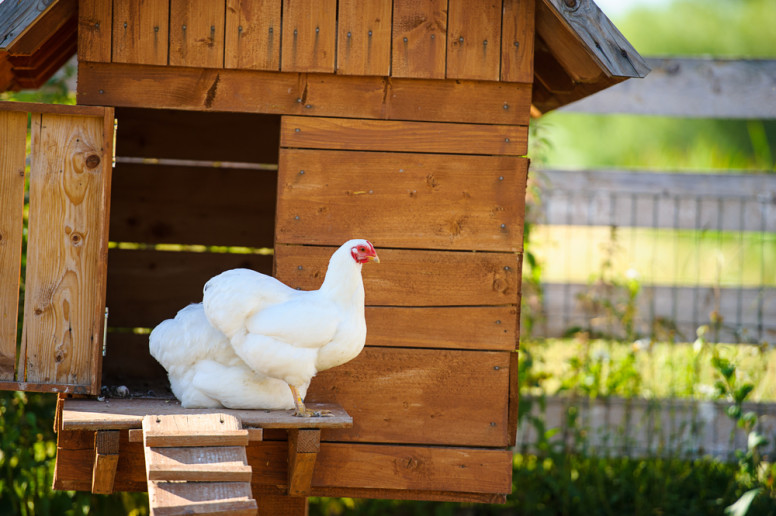State of the Farm
Current rules were taken from the county’s ordinance when Encinitas was incorporated in 1986 and on the verge of becoming a high-demand coastal city.
The rules allow a homeowner in a single-family area to have up to 10 chickens and 10 goats, and require coops and pens to be more than 35 feet from neighboring homes.
Additionally, homeowner associations can put their own rules in place to further restrict agriculture.
Residents are also allowed to have two bee hives in rural residential areas – places that are one house on one acre – 600 feet from the nearest property line. The county passed new rules in September lowering the setback distance significantly – only 35 feet from neighboring homes and 25 feet from roads. The Council will take up the question of accepting those lower standards at a later date.
Larger setbacks for livestock remain in place and often mean that only residents in Encinitas’ least dense areas can legally own chickens and goats – and those places are only becoming fewer in number.
The city has an agricultural heritage, including the largest poinsettia farm in the world, but a lot has changed in 30 years. Encinitas covers 20 square miles and has added roughly 100 housing units per square mile since 2000, according to census figures, most of those as single-family homes.
Kranz said there was no doubt urbanization has been limiting small livestock and agriculture in the city.
Click here to read the full article: www.voiceofsandiego.org/topics/government/a-guide-to-encinitas-suburban-farming-fight





















